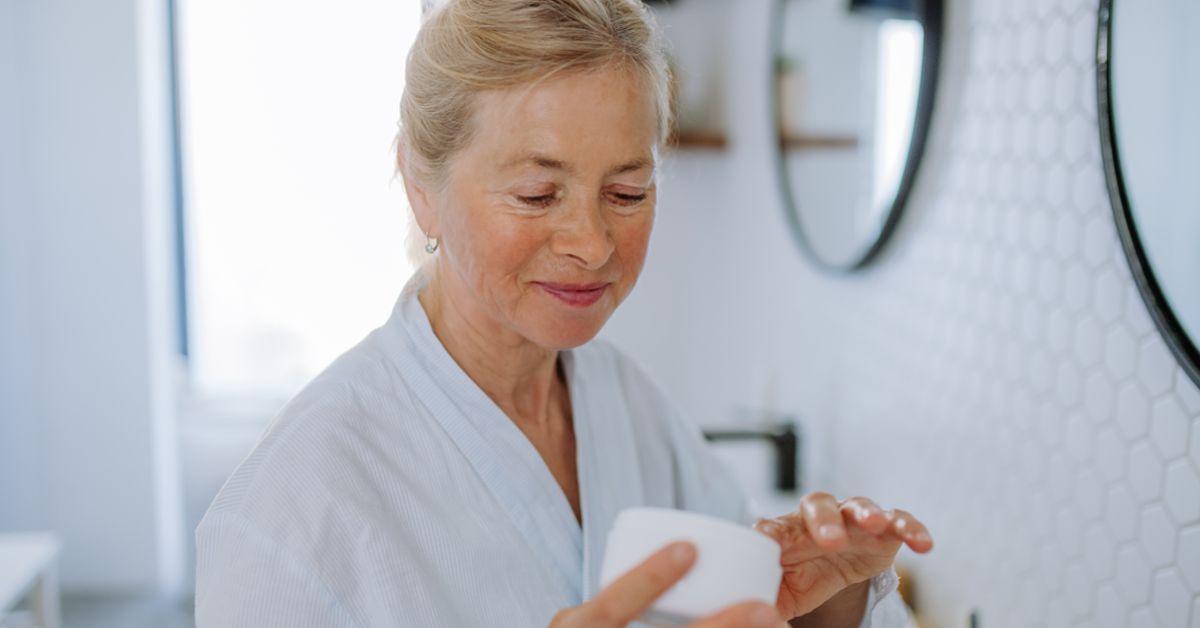We know that taking care of your skin is important to you, and we want to help you do it right. Our article on cleansing is packed with valuable information and tips that will help you achieve the glowing, healthy skin you desire.
Whether you're new to skincare or just looking to improve your current routine, this article has something for you. We invite you to take a few minutes to read through our article and learn more about the importance and benefits of cleansing. Your skin will thank you!
Are you tired of dealing with breakouts and dull, lifeless skin? It's time to give your skin the love and attention it deserves with a proper cleansing routine. But with so many products and methods out there, it can be overwhelming to know where to start.
That's why we've put together this comprehensive guide on how to cleanse your skin in 7 easy steps. By the end of this article, you'll have all the knowledge and tools you need to achieve a radiant, healthy complexion. So let's get started on your journey to a clear and glowing complexion!
7 Steps to properly cleanse your skin
Step 1: Determine your skin type. Before you start cleansing, it's important to understand your skin type so you can choose the right products and techniques. There are four main skin types: normal, dry, oily, and combination. Normal skin is generally well-balanced and doesn't have any major concerns or problems.
Dry skin, on the other hand, is prone to flakiness, tightness, and the appearance of fine lines. Oily skin tends to produce an excess of sebum, which can contribute to clogged pores and acne. Combination skin is a combination of both oily and dry areas, with the T-zone (forehead, nose, and chin) typically being oily and the cheeks being dry.
Step 2: Choose the right cleanser. There are many different types of cleansers available, including foaming, gel, oil, and cream. The best one for you will depend on your skin type. For example, those with dry or sensitive skin may benefit from a cream or oil cleanser, as these tend to be more gentle and nourishing. Those with oily or acne-prone skin may benefit from a foaming or gel cleanser, which can help to control excess oil and unclog pores.
Step 3: It is essential to take off makeup and dirt from your skin before beginning to cleanse. This can be accomplished using a makeup remover or micellar water. For waterproof or heavy makeup, it is best to use a makeup remover specifically designed for those types of makeup. This will help ensure that all of the makeup is removed from your face.
Step 4: Wet your face. Before applying your cleanser, wet your face with lukewarm water. Avoid using hot water, as this can strip the skin of its natural oils and cause irritation.
Step 5: Apply cleanser. Take a small amount of cleanser (about the size of a quarter) and massage it onto your skin using circular motions. Be sure to cover your entire face, including your neck and hairline.
Step 6: Rinse thoroughly. Rinse your face thoroughly with lukewarm water to remove all traces of cleanser and dirt. Avoid using hot water, as this can strip the skin of its natural oils and cause irritation.
Step 7: Pat dry. After cleansing, gently pat your skin dry with a clean towel. Avoid rubbing, as this can cause irritation and stimulate excess oil production.
Conclusion
In conclusion, cleansing is an important step in any skincare routine as it removes dirt, oil, and makeup from the surface of the skin and helps to prevent clogged pores and breakouts. By following the 7 steps outlined in this guide, you can properly cleanse your skin and achieve a radiant, healthy complexion.

Leave A Comment